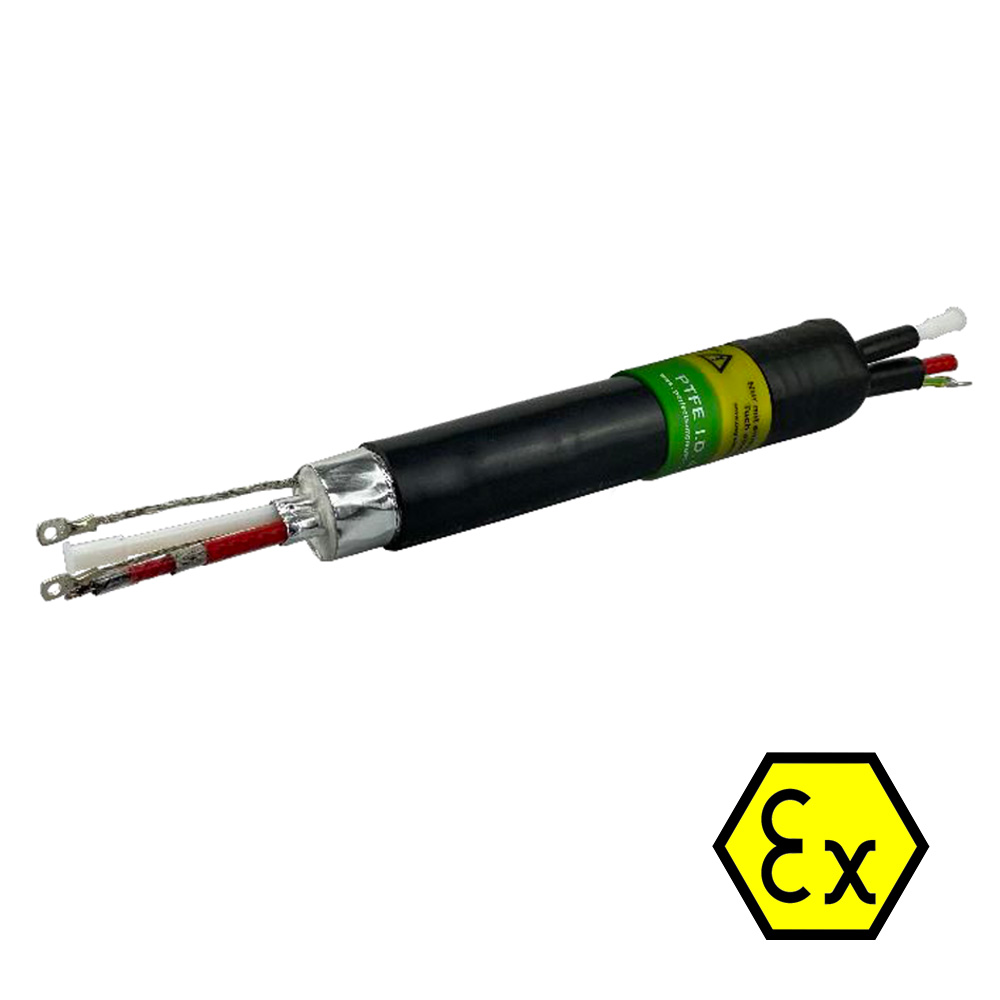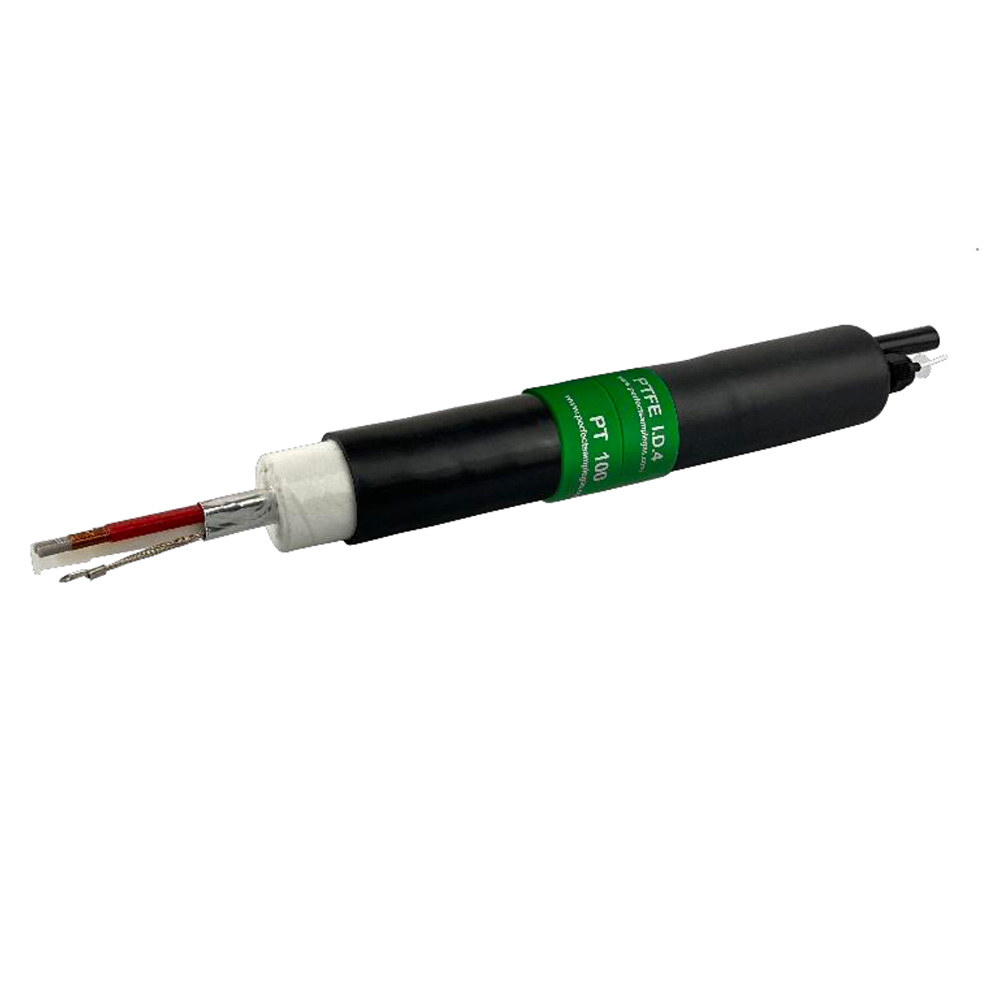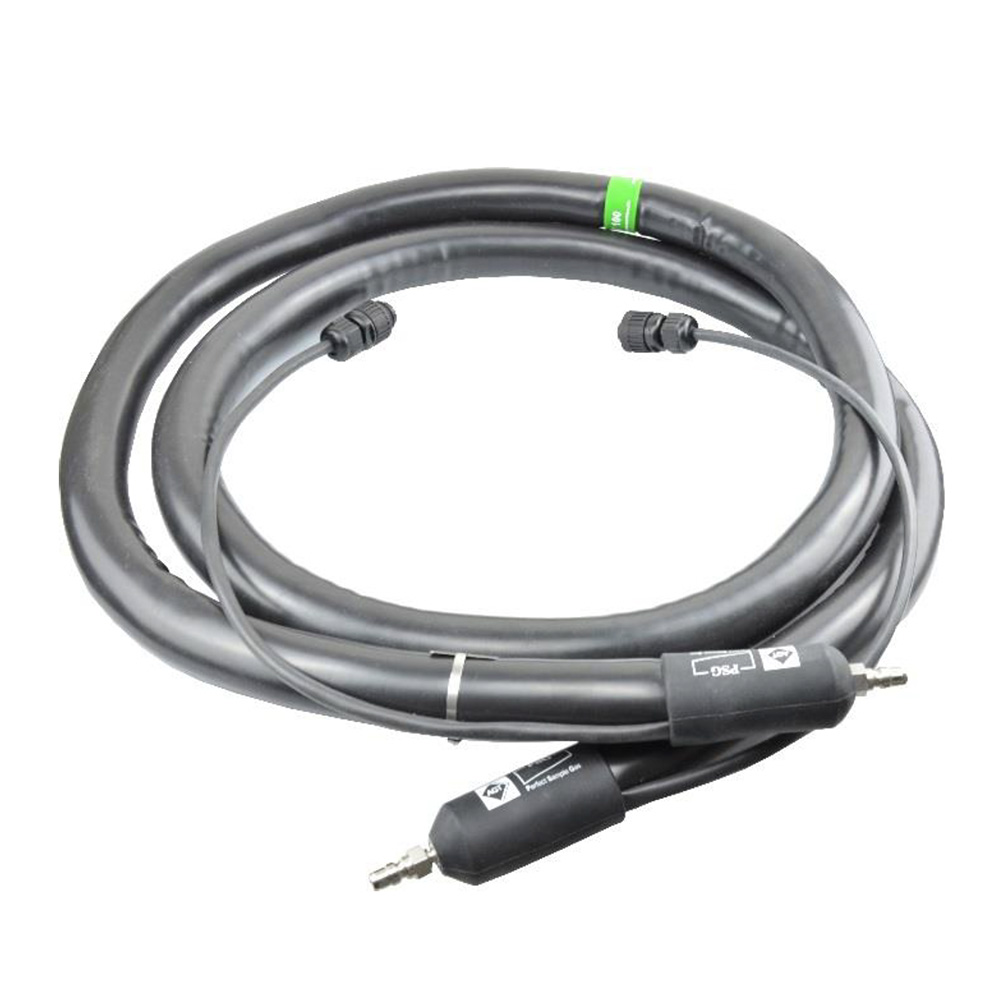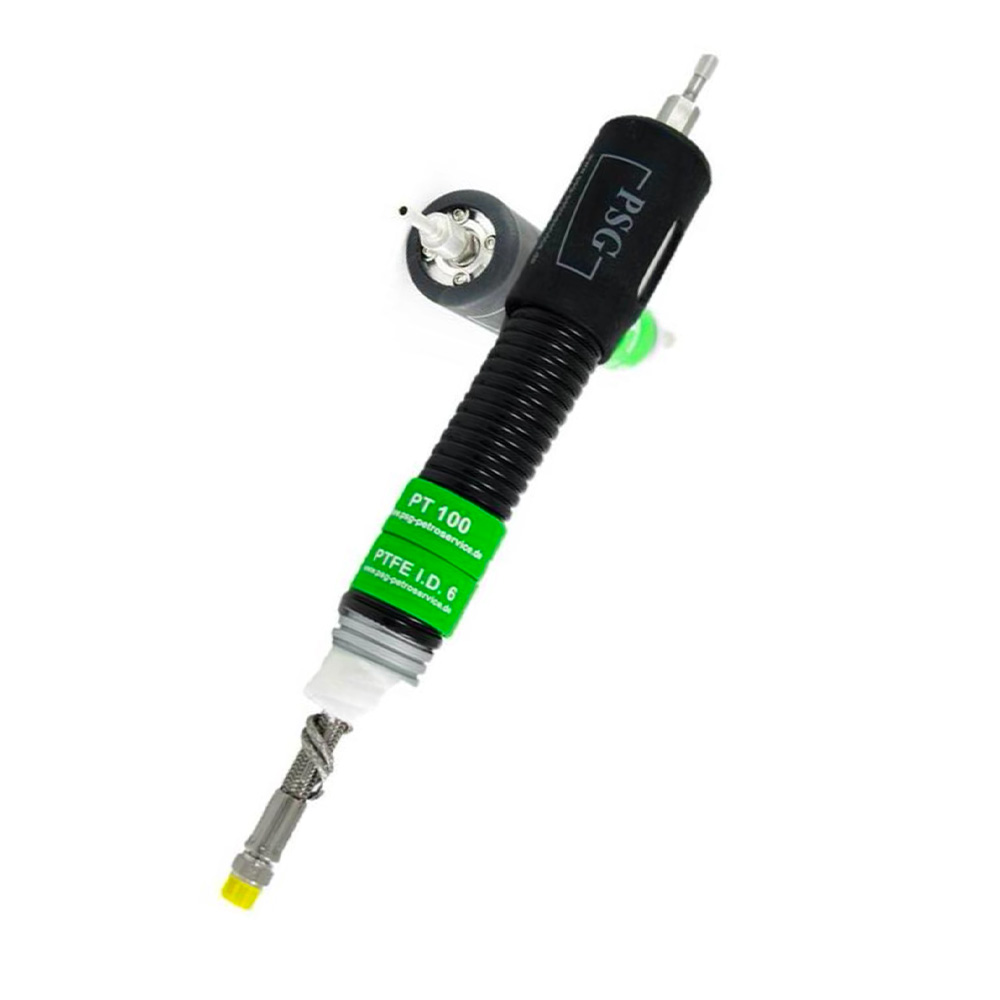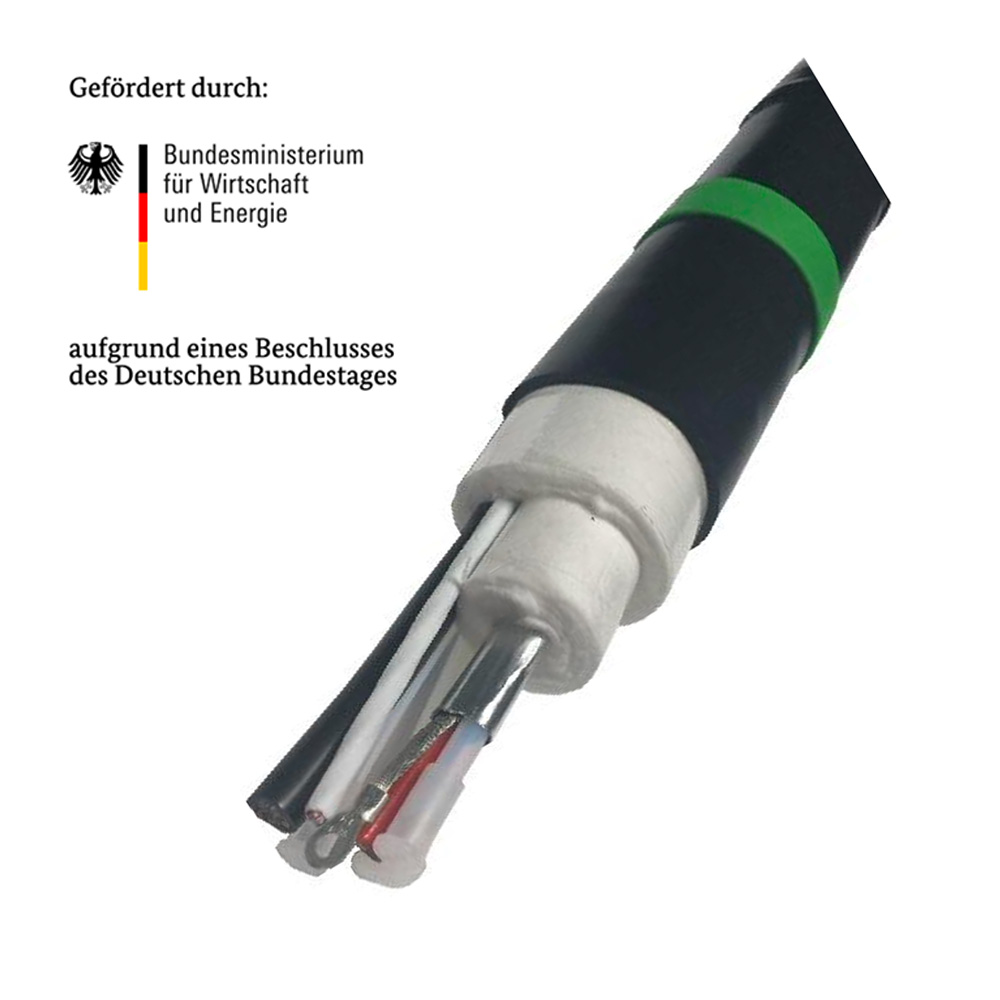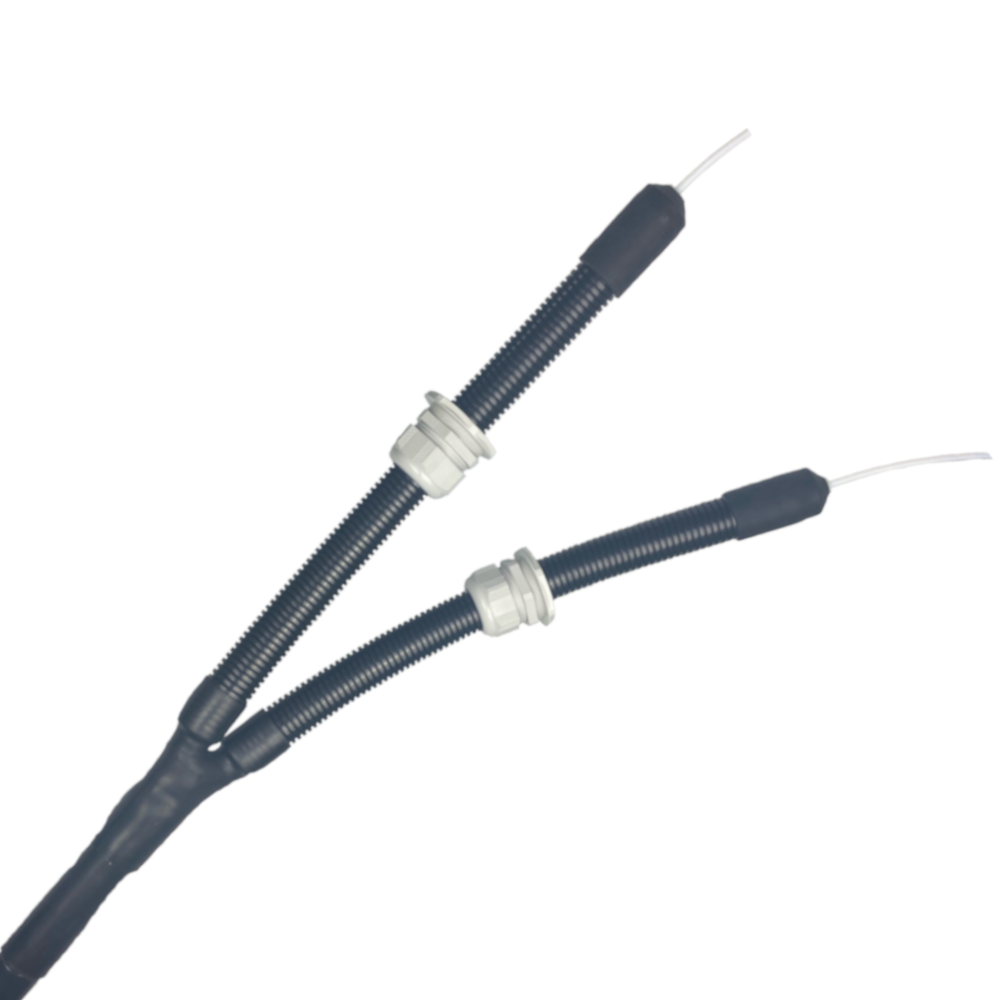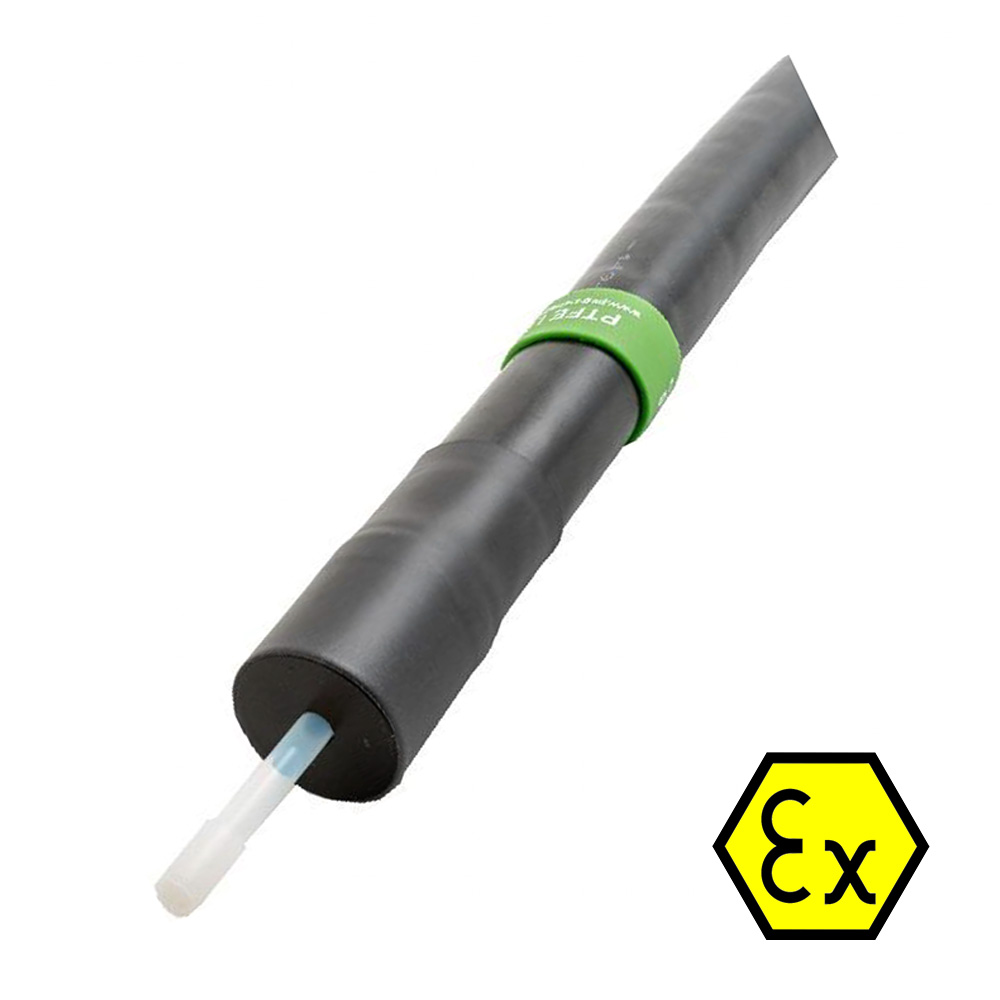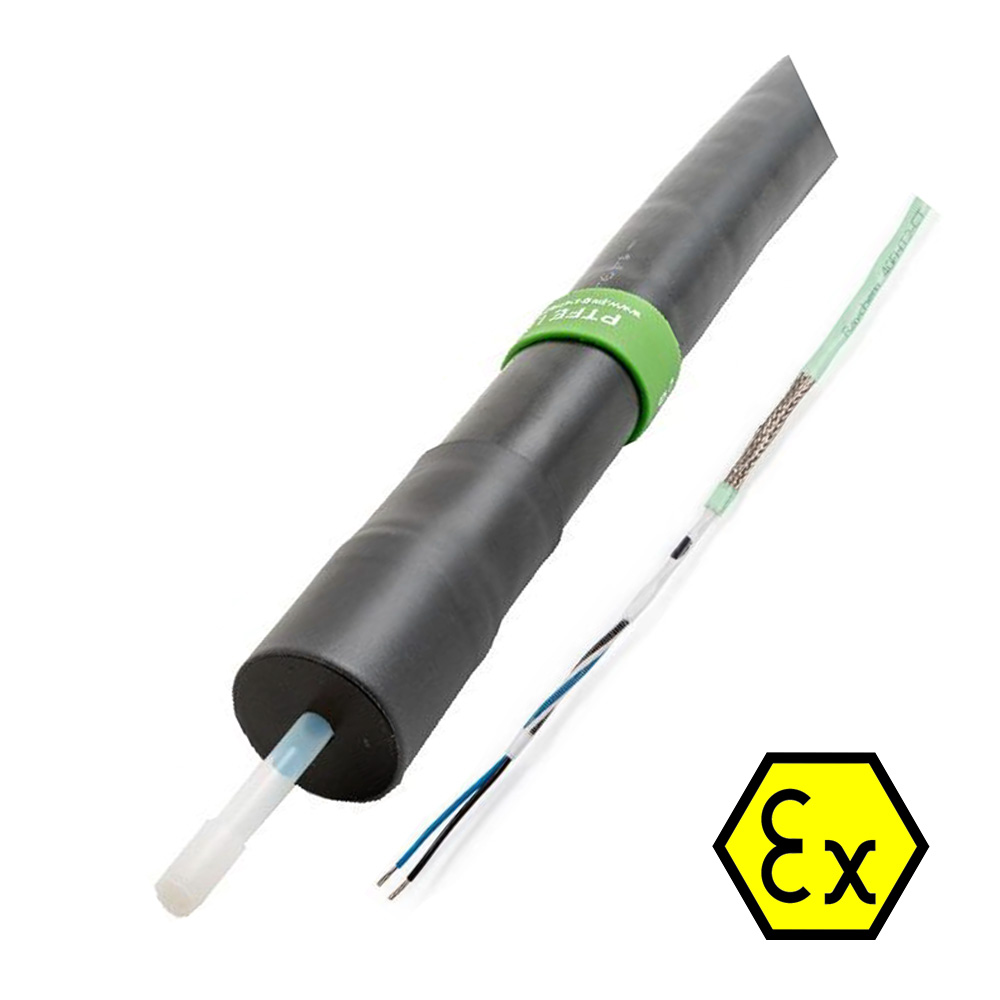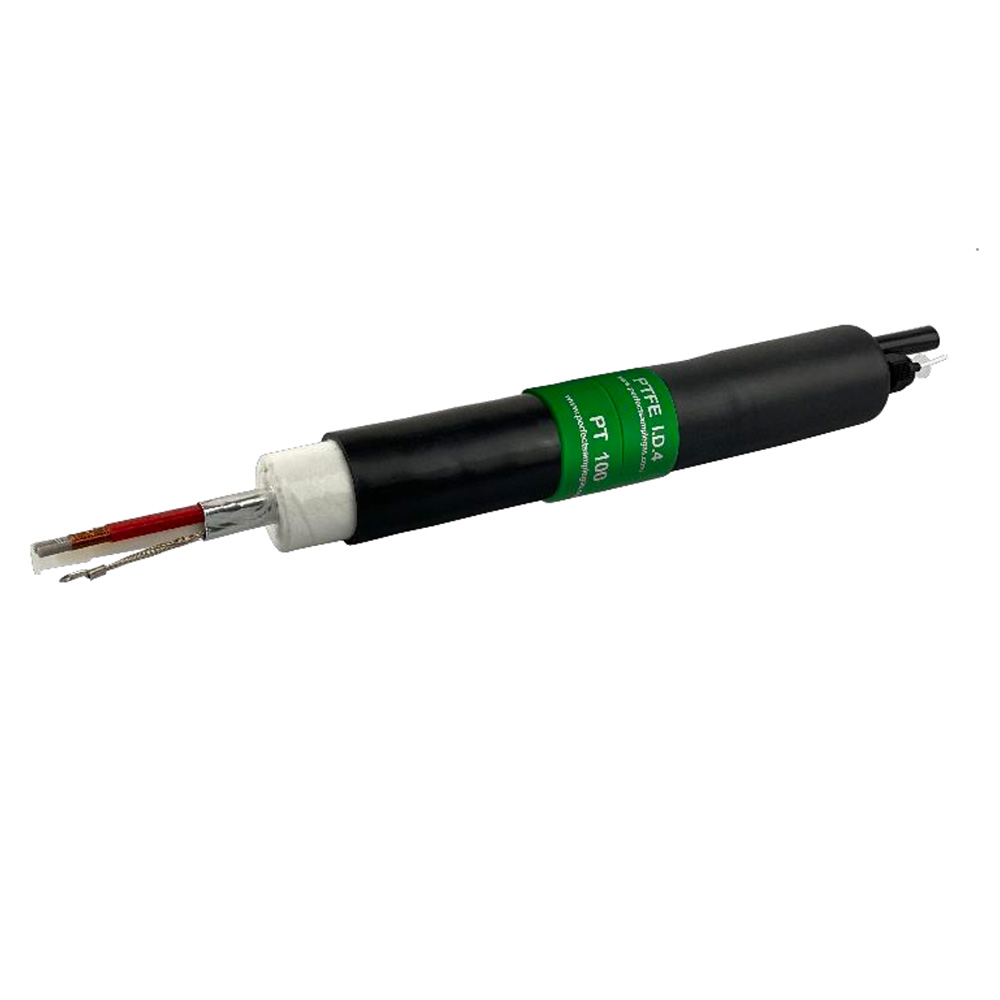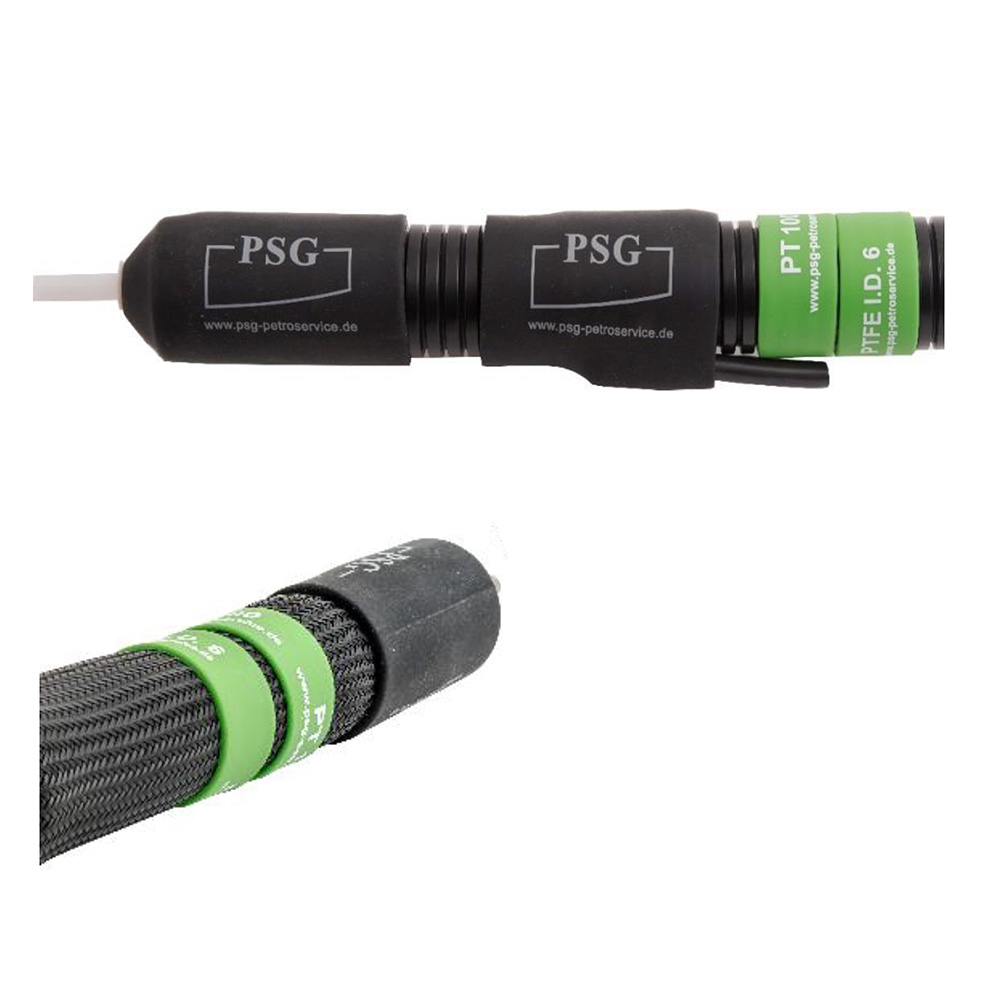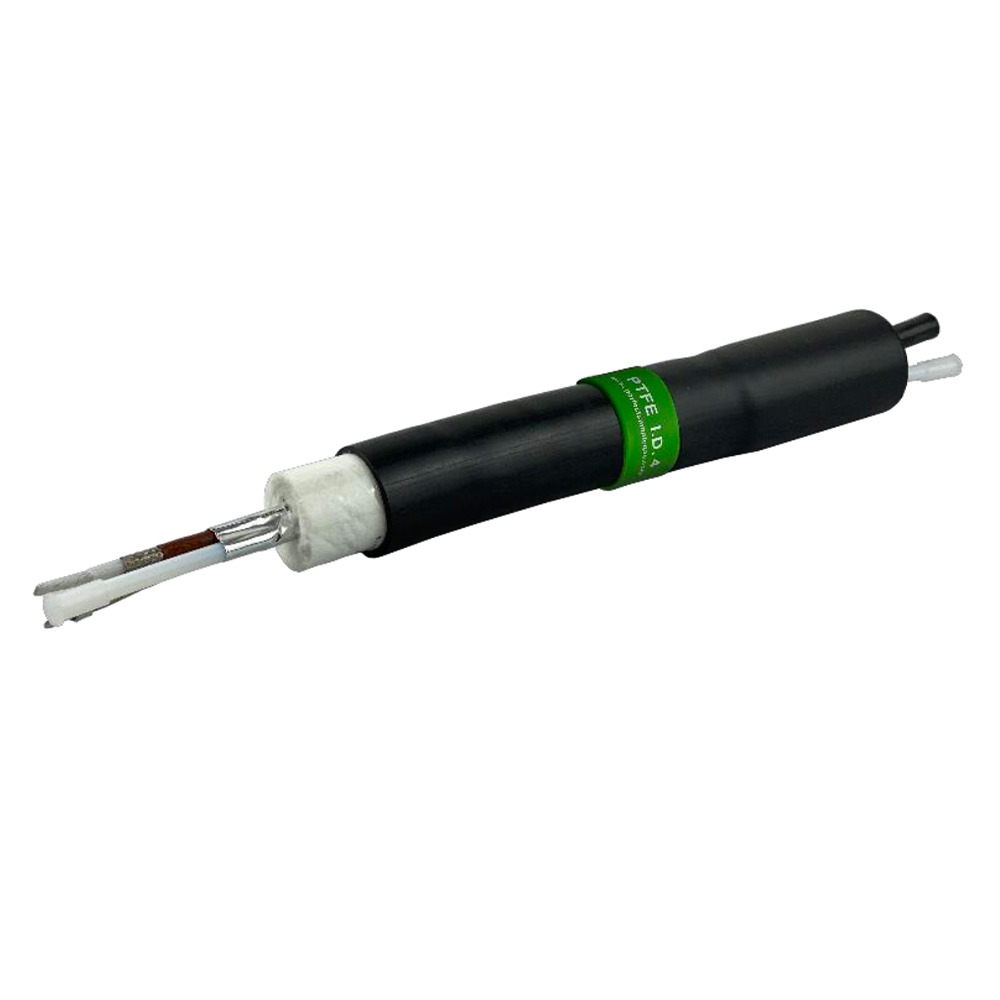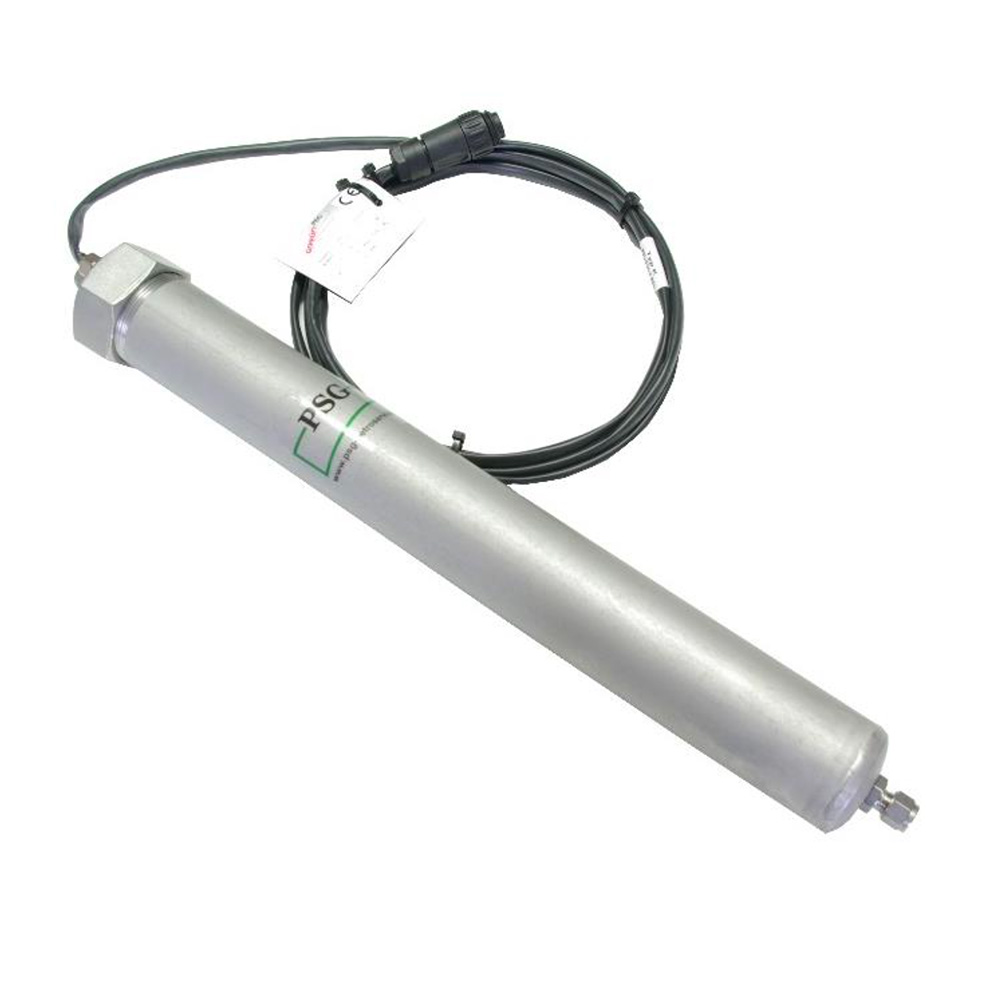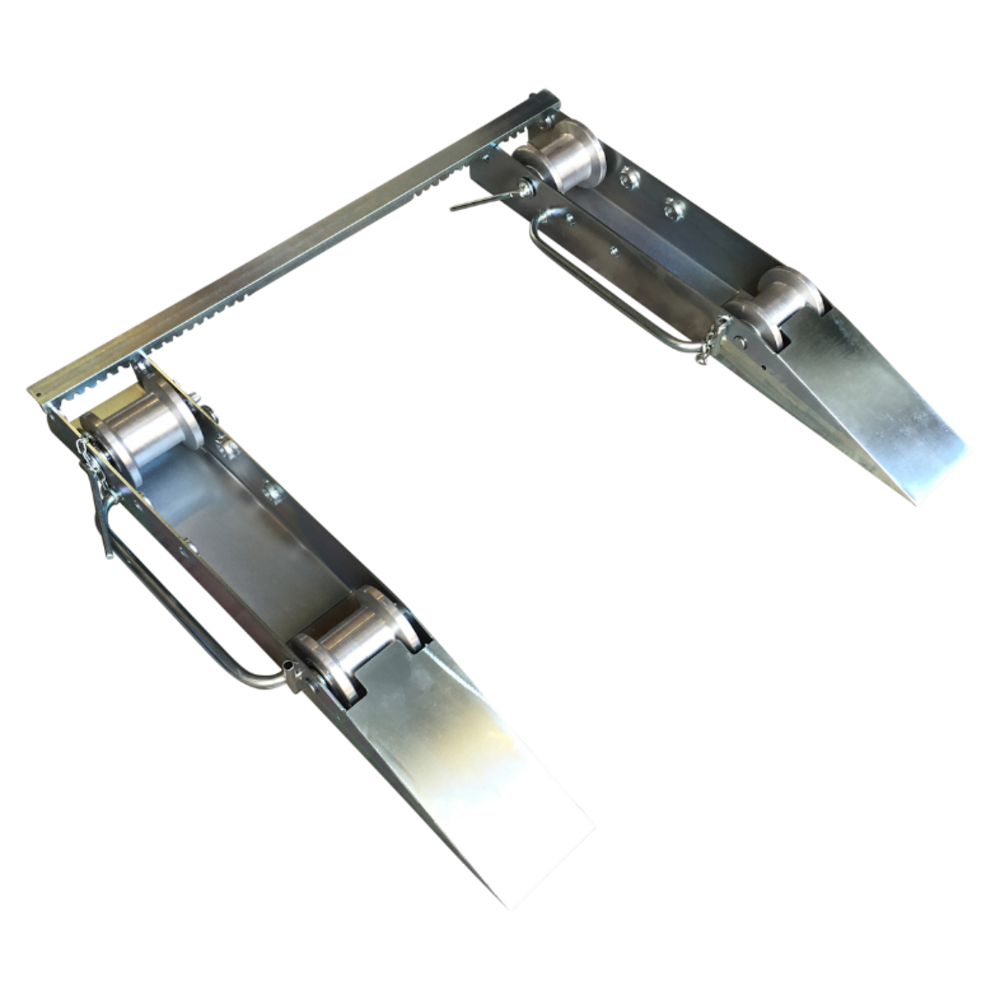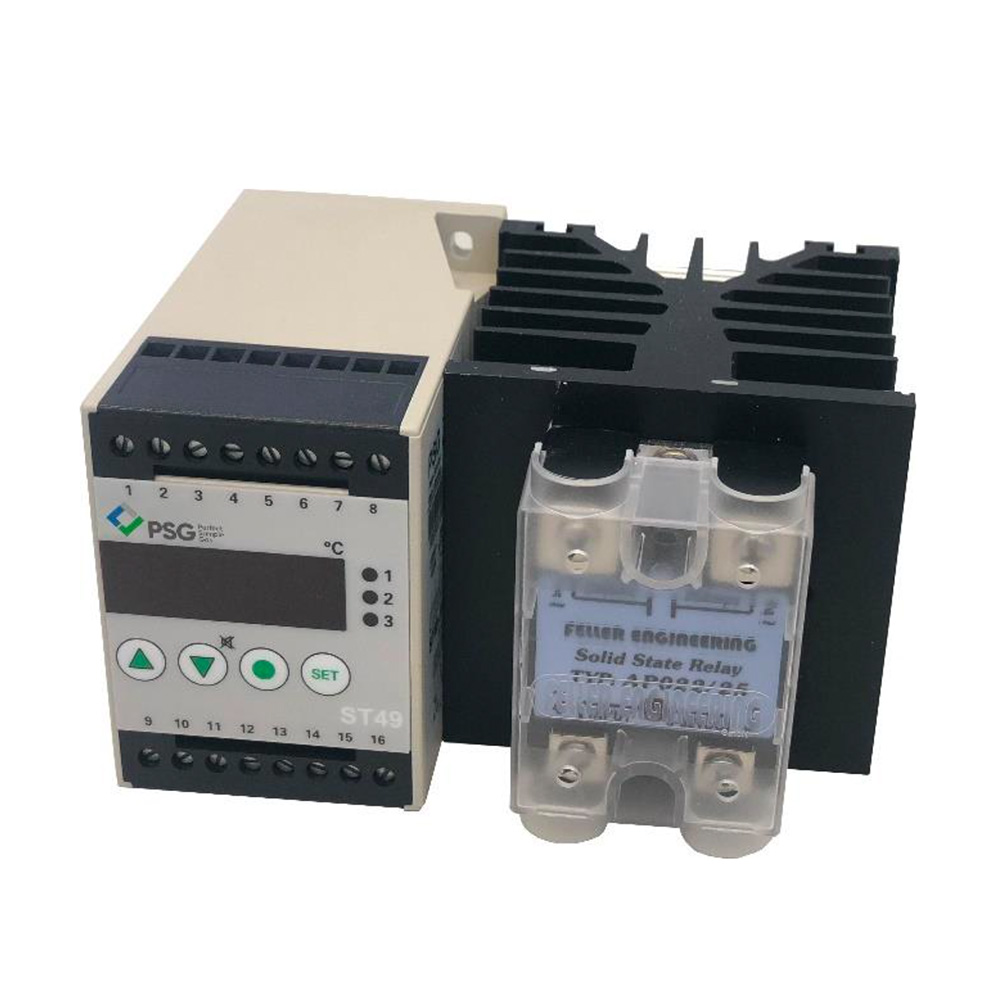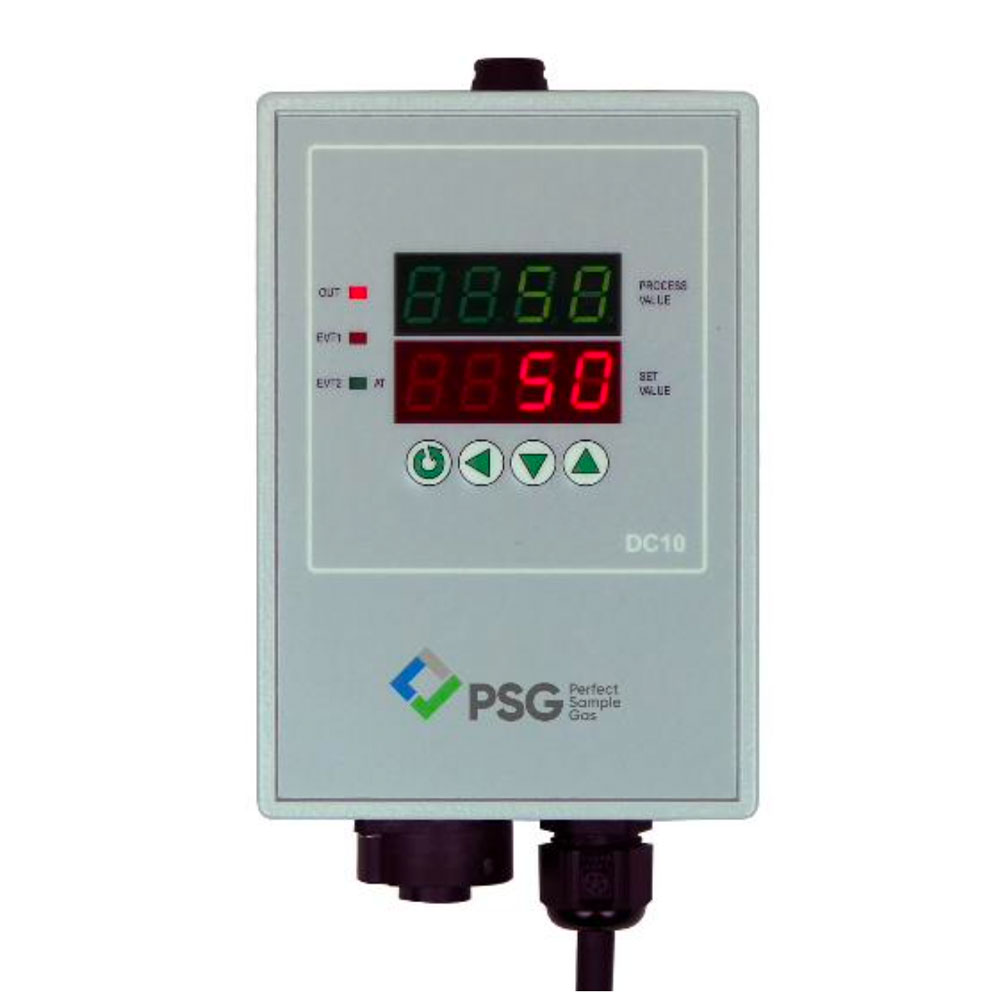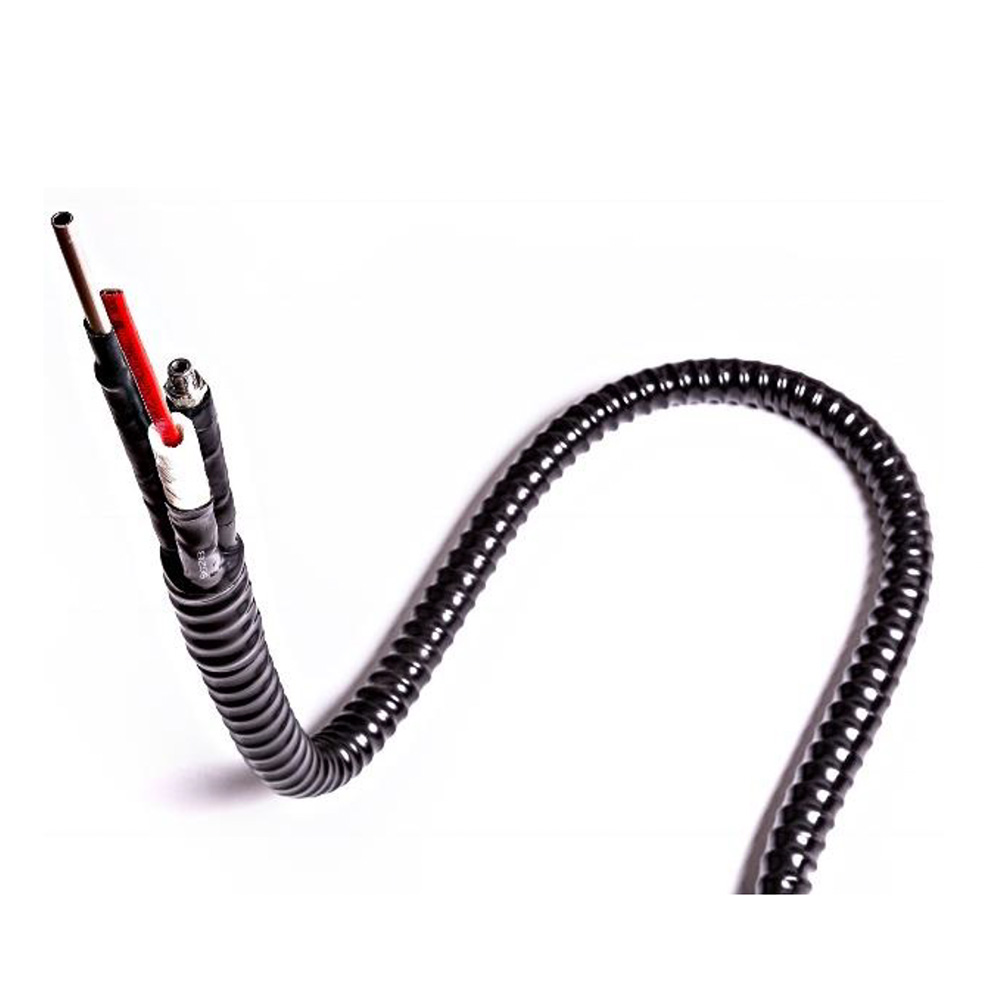
Properties
Application
The self-regulating heated sample lines series PSG Process Extruded Flex are used for continuous extractive gas analysis. They serve primarily for the transport of the humid sample gas stream from the sample point to the analyzer house. The holding temperature of the line thereby has to be above water vapour resp. acid dew point of the sample gas. In this way uncontrolled condensation of water vapour on the way to the analyzer and therefore washing out of gas components in condensate is prevented. Also, failure of the measurement by a freezing line at ambient temperatures below 0°C is avoided.
Technology
The robust lines with plastic spring wire and thick-walled extruded flame resistant and extremely weather resistant TPU, PE or PVC outer jacket are equipped with high quality self-regulating Raychem heating cable. Insulation is done with a thermal or glass fibre fleece. Depending on the used heating cable holding temperatures of up to 150°C at -20°C ambient temperature can be reached. Solutions down to -52°C are also possible. As standard holding temperatures of 30°C, 100°C and 120°C are offered. Up to 12 PTFE, PFA, stainless steel or special alloy tubes as internal line and interchangeable internal tubes are available.
Functions
Because of the self-regulating heating cable for operation an additional temperature controller is not necessary. The heating cable consists of two parallel arranged supply conductors connected with an electrically conductive polymer plastic. During operation conductivity of the plastic is decreasing with increasing temperature due to molecular expansion until the heating cable specific maximum temperature is reached. When the heating cable temperature now drops the process reverses.


